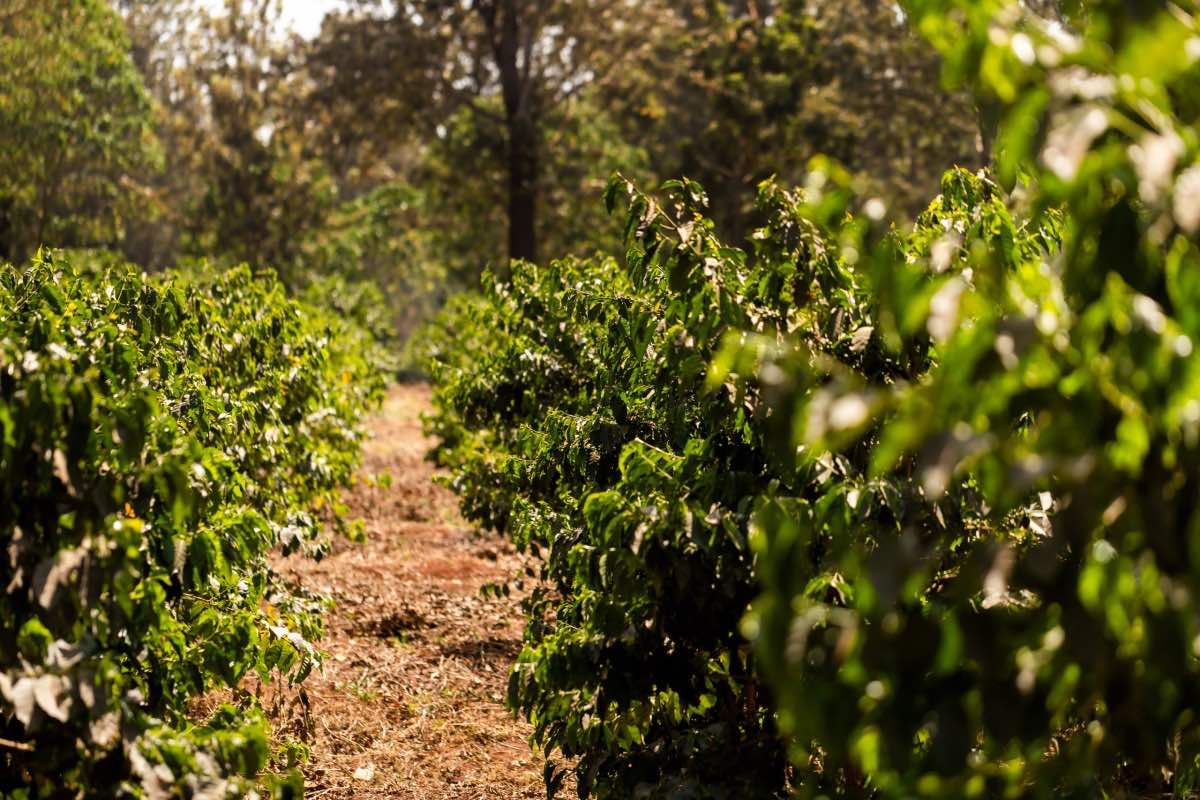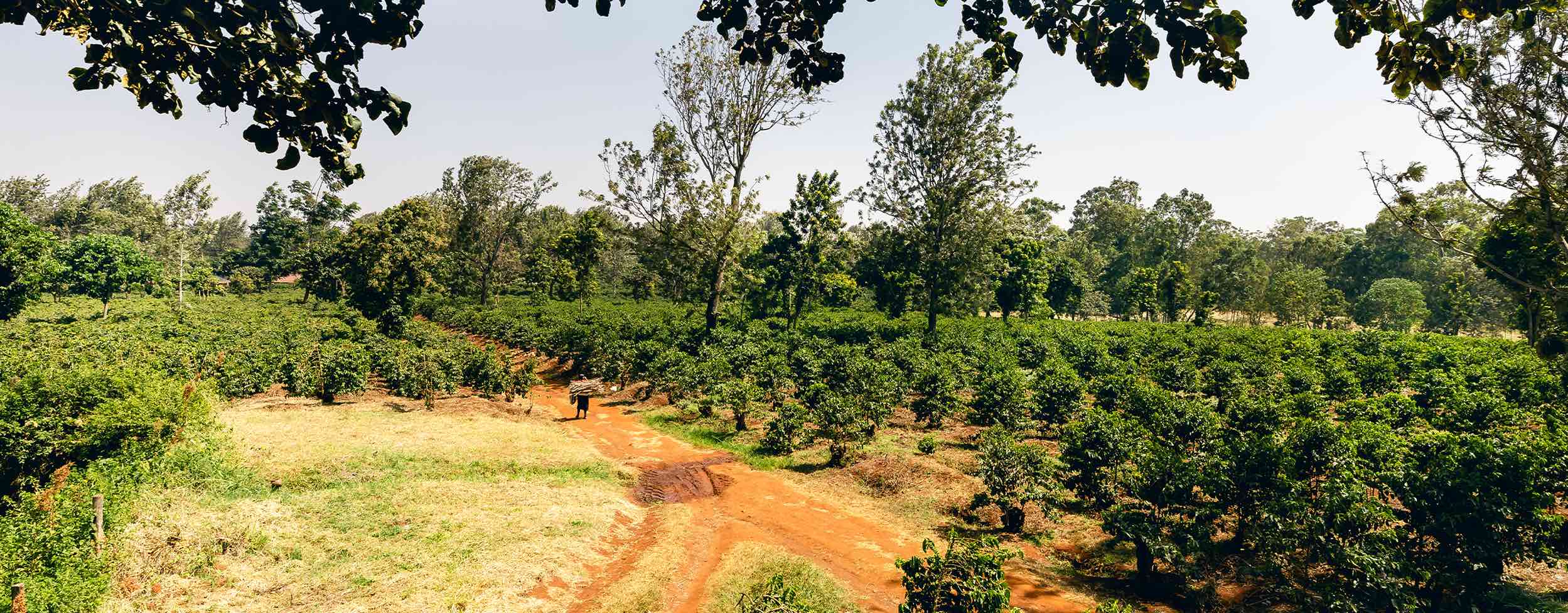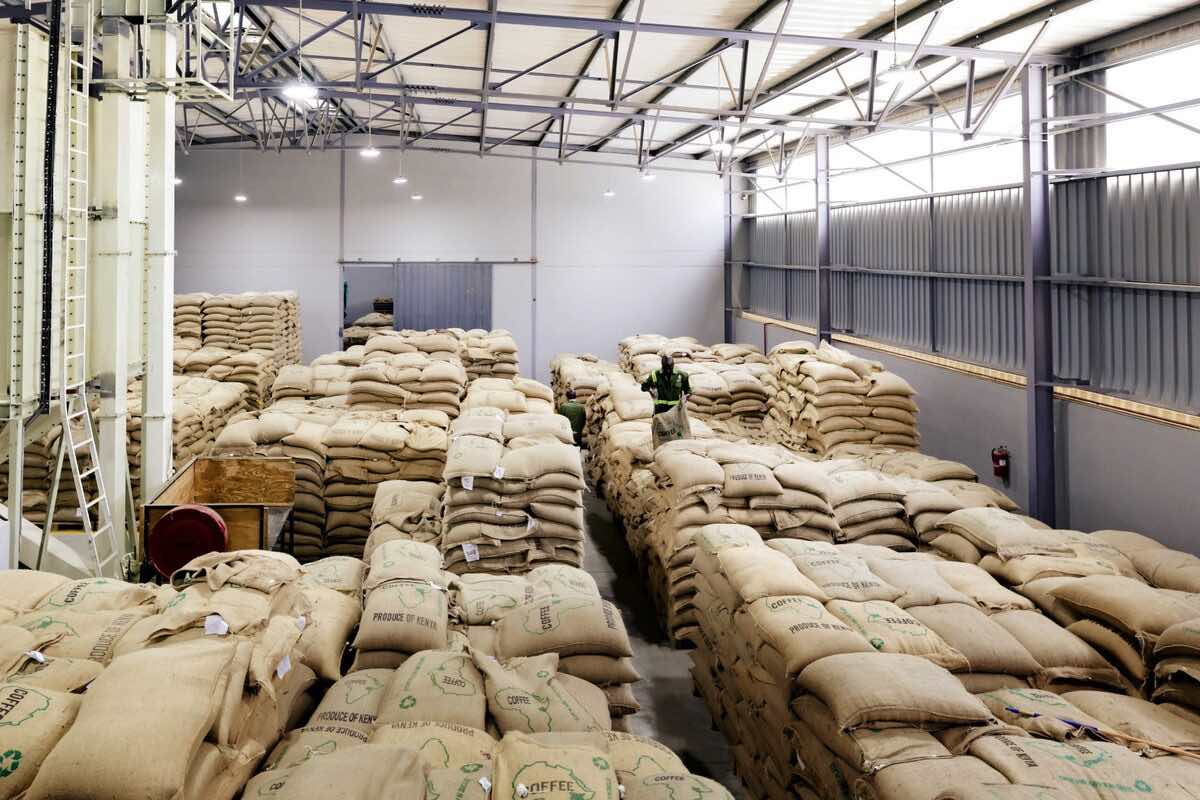
Navigating Kenya’s Coffee Growing Regions
Introduction:Navigating Kenya’s Coffee Growing Regions
The flavors, aromas, and characteristics of Kenyan coffee are deeply influenced by the distinct growing conditions in each area.
In this blog post, we embark on an in-depth exploration of Kenya’s coffee-growing regions, shedding light on the ideal varieties to cultivate and the specific conditions that nurture their growth, all contributing to the exceptional quality that Kenyan coffee is renowned for.
1. Central Kenya: Home of Elegance and Complexity
Nestled in the embrace of Mount Kenya’s slopes, Central Kenya boasts the ideal conditions for the prized SL28 and SL34 Arabica coffee varieties.
These varieties thrive in the high altitudes, which range from 1,500 to 2,100 meters above sea level. The volcanic soil, abundant rainfall, and cool temperatures set the stage for coffee beans that epitomize elegance, boasting bright acidity, floral notes, and complex fruity undertones.
2. Nyeri County: Crafting Robust and Rich Peaberries
Nyeri County stands as a testament to the dynamic microclimates that shape Kenyan coffee. Renowned for its high-quality Peaberry coffee, Nyeri’s well-defined seasons and altitudes of 1,700 to 2,100 meters are perfect for these unique beans.
The volcanic soil lends depth to the cup, offering a full-bodied richness coupled with vibrant acidity. Peaberries thrive in this region, showcasing their distinct flavors in every sip.
3. Thika and Murang’a: Innovating with Ruiru 11 and Batian
In the regions of Thika and Murang’a, we witness the ingenuity of Kenyan coffee cultivation with the introduction of the Ruiru 11 and Batian varieties. Ruiru 11 is celebrated for its resistance to diseases and pests, making it a resilient choice.
Batian, on the other hand, caters to the demand for high-yield coffee beans without compromising quality. These regions, with altitudes ranging from 1,300 to 1,900 meters, highlight Kenya’s adaptability and commitment to innovation.
4. Western Kenya: A Unique Blend of Arabica and Robusta
Western Kenya, characterized by its slightly lower altitudes and wetter climate, embraces both Arabica and Robusta coffee varieties.
The combination of these two varieties results in a distinctive blend that marries the robust qualities of Robusta with the delicate flavors of Arabica. Coffee from this region presents a diverse cup profile, a testament to the harmonious interplay of these varieties.
5. Coastal Kenya: A Flavorful Departure by the Sea
Kenya’s coastal regions, including Kilifi and Kwale, offer an enchanting departure from the traditional Kenyan coffee profile.
The lower altitudes and coastal climate influence the flavors, delivering coffees with softer acidity and more delicate floral and citrus notes. Coastal coffee is a delightful exploration of Kenya’s coffee versatility.
Conclusion
Altogether, as we explore the coffee-growing regions of Kenya, it becomes evident that each area contributes its unique brushstroke to the masterpiece of Kenyan coffee.
The altitude, climate, and soil composition collaborate to craft the flavors and characteristics that set Kenyan coffee apart on the global stage.
Whether you are a coffee enthusiast or a producer seeking to make a mark in the coffee industry, the regions of Kenya beckon you to explore their diversity.
With each cup, you embark on a journey through the landscapes and conditions that birthed the bean.





